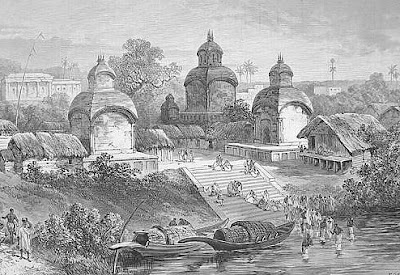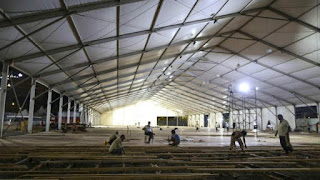Digital Typesetters – Scanning & Laser
Digital Typesetters –
Scanning & Laser
Technology makes life better and easier is a true line with true
meaning. For example, digital computers and digital typesetters increase the
work output in less time. The digital computer, in combination with the high
resolution cathode ray tube (CRT) and laser, is revolutionizing the
communications industry, because digital computers have no mechanical parts and
are entirely composed of electronic components, they set and process type at
speeds never thought possible. In addition, the text type from digital
typesetters has now been developed to rival the quality of photo-type. Knowledge
of digital computer functions is critical to an understanding of digital
typesetting. A digital computer is an electronic device that uses electricity
to process information. It can perform repetitive logical and arithmetic
operations and store the results of those operations in memory. A computer
system is composed of hardware software, and firmware. Hardware consists of the
physical components of a computer, software is the program data which controls
the operation of the hardware and firmware is software in hardware form. The computer
component that controls all other parts performs logical operations, and stores
information is the central processing unit (CPU). All components that do not
belong to the CPU are called peripherals. A typical digital-typesetting system
is composed of a CPU and various peripherals that perform functions necessary,
to the setting of type. For example, editing and storing text, displaying text
on a screen, and printing typeset copy.
There are two classes of digital typesetters:
1. Digital Scanning System, and
2. Digital Laser System.
In digital scanning system, photographic characters are
digitally scanned and recorded electronically on a magnetic disk or tape. The characters
are translated into a grid of extremely high resolution and are transmitted as
a set of instructions to a CRT. Next, the characters are generated onto the CRT
by a series of scan lines. The letter forms images are then projected from the
CRT onto paper, film or an electrostatic drum. Because the output type is
digital, it can be modified automatically to reflect a number of typographic
variations. For example, it can be made heavier, lighter, slanted, condensed or
expanded at the command of the operator.
Digital laser systems also store characters digitally, but do
not employ a CRT to generate characters. A laser beam scans photographic paper
as it reads digital information stored in the typesetter. As the paper is
scanned, a series of dots forming the characters are exposed to the paper. The information
controlling the laser includes the typographic font and spacing, such as
hyphenation, justification, kerning, and letter spacing. Because digital
typesetting is so fast, it is particularly suited to industries requiring the
processing of enormous amounts of information, such as news services and
publishing companies. However, smaller offices and type houses are also using
digital type because of its efficiency.
© Every 1 Creature
Powered by











Comments
Post a Comment